Autocar Top-10-best-hybrid-hatchbackstop 10 Best Hybrid Cars 2019 Autocar
Top 10 best hybrid cars 2021
Petrol-electric hybrid technology has become so ubiquitous that the cheapest hybrid cars can be had for the same price as a family hatchback

22 Oct 2021
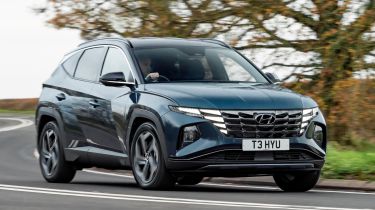
You'll probably associate hybrid cars with the Toyota Prius because it was one of the very first mainstream hybrids back in the late 1990s - and the subsequent models have moved the game on again. These days, Toyota puts the Prius' eco-friendly powertrain in several different models, including an SUV and a family hatchback, while other manufacturers have developed their own hybrid powertrain technology in an effort to cut harmful tailpipe emissions.
Now there are not only more hybrid models to choose from but different types of hybrid technology too. They all use a combination of a petrol or diesel engine and an electric motor. Traditional hybrids - the ones on this list, sometimes called 'self-charging' hybrids by manufacturers - use an engine as their main power source, and assistance is provided by an electric motor and a smaller battery, typically under acceleration and at lower speeds.
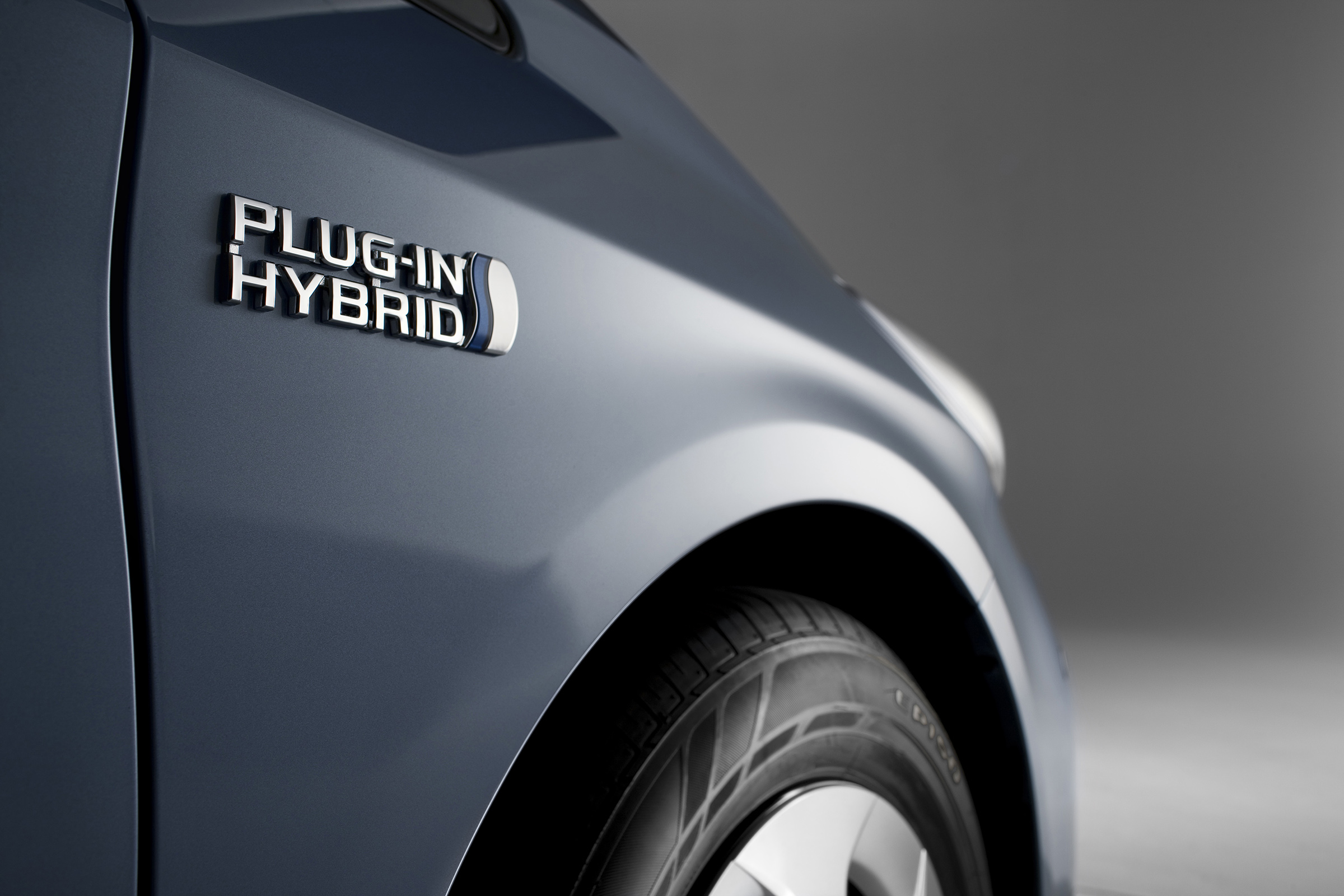 What is a hybrid car?
What is a hybrid car?
Most new models are plug-in hybrids (PHEVs), which manage a reasonable distance on electric power alone, and their bigger batteries need to be recharged from a socket. You can also buy mild hybrids and range-extenders, although these are far less common than they were a few years ago. Our guide to hybrids takes you through each type in more detail.
Get the latest electric and hybrid car news, reviews and analysis on DrivingElectric.com
So which type of hybrid is best? That depends on your driving habits and budget, but all should save you money compared with a petrol or diesel model and tend to be less polluting. Check out our roundups of the best hybrid SUVs, best hybrid estate cars and the best hybrid and electric sports cars, or visit our guide to the best electric-only cars. And below is our list of the best hybrid cars overall you can buy today.
Among an array of similar looking SUVs and crossovers, the bold styling of the Hyundai Tucson is a breath of fresh air. From the nose of the car, where the headlights are integrated into the grille, to the aluminium trim pieces on the D-pillar and the sculpted wheelarches - giving it a very distinctive look when compared to rivals.
It also matches rivals for economy with low running costs, too. Power comes from a 227bhp 1.6-litre petrol engine which is mated to a small electric motor fed by a small battery. This gives the Tucson the ability to run on electric power for short distances, while the electric motor assists the petrol engine to get you moving, meaning it can return fuel economy of around 50mpg.
The plus points for the Tucson don't end there, either. Inside, it features a plethora of standard kit such as a 10.25-inch touchscreen with Apple CarPlay and Android Auto, dual-zone automatic air conditioning and auto-emergency braking. Practicality is also excellent, with a 616-litre boot. It also gets a comprehensive five-year, unlimited mileage warranty to give peace of mind.
Toyota realises that not everyone who wants a hybrid wants a Prius, so it's taken the Prius' drivetrain and put it in a sharply styled family hatchback. The Corolla nameplate has returned, with a spacious estate and a four-door saloon too, and every model now comes with hybrid badges.
The battery and electric motor can be mated to a 1.8-litre engine (as per the Prius and C-HR) or a more powerful 2.0-litre engine. Inside, it feels as upmarket as the Ford Focus, if not quite the Volkswagen Golf, but there's plenty of standard kit - the entry-level trim comes with luxury features like LED headlights and a reversing camera. Keen drivers might wish that the steering had more feel, but the Corolla is comfortable and handles well enough. While the hatchback isn't that practical, the estate offers around double the boot space.
The Prius is seen by many as the original hybrid, and the fourth generation model is more efficient than ever. On the stringent new WLTP test cycle, it managed up to 67.2mpg, a figure only a couple of diesel engines can match. The Prius also impresses with its equipment levels (all cars get auto high-beam, adaptive cruise control and a rear-view camera) and its comfortable, relaxing driving experience. It's not the last word in fun - as you might expect - but it handles tidily and doesn't have as much body roll as previous versions.
There's a plug-in hybrid model that's more efficient but costlier and less practical, and we reckon the standard Prius offers good economy for most buyers. It's worth mentioning that the Prius had a stellar performance in our 2019 Driver Power owner satisfaction survey; it was ranked the best car on sale by owners, and topped the charts for reliability too.
The latest incarnation of the Honda Jazz is only available with a hybrid powertrain that combines a 1.5-litre petrol engine and two electric motors but no gearbox. What's important to know is that it's quiet and relaxed unless you accelerate hard, and that it's very efficient; nearly 63mpg is the result.
The latest Jazz gets a much better touchscreen than before, plus a rugged new Crosstar trim with a bit of SUV-influenced styling. It still has the cinema-style 'Magic Seats' in the back and plenty of room, so you'll find it's more spacious than the Ford Fiesta or Renault Clio. The Jazz still typically appeals to a different buyer than those two cars, but it's certainly worth a look if you want a roomy, cheap-to-run car.
Honda is planning to electrify nearly its entire range by 2022, and its commitment to hybrid engines is highlighted by the absence of a diesel model in the CR-V range. That means it's well-suited to town driving, where you can drive on electric power alone for short distances.
We like the car's smoothness, especially compared to the petrol model with a CVT gearbox, and that it's quieter than a number of rivals. The interior is well-built and smart, and even the base car comes with Honda's Sensing driver aids package.
Toyota has always been at the forefront of technology, but has also gained a reputation for conservative design. Perhaps the C-HR is evidence its stylists have caught up, because not only does it have an advanced hybrid powertrain, it also looks like no other crossover. Sharp lines, hidden rear door handles and a swooping roofline disguise the fact the C-HR is almost the size of a Nissan Qashqai, and it looks far sportier as a result.
With the same underpinnings as the latest Prius, it boasts a 1.8-litre petrol engine and gets from 0-62mph in a reasonable 11 seconds. Taller bodywork means it can't quite match the Prius for economy but around 58mpg and CO2 emissions of under 109g/km does comfortably beat diesel rivals like the SEAT Ateca and Nissan Qashqai. A 2.0-litre variant was introduced in 2019, which can achieve up to 54.3mpg and emits 119g/km of CO2. The C-HR has neat handling and rides comfortably, with only the CVT automatic gearbox spoiling refinement somewhat by allowing engine revs to flare noisily.
The last Toyota RAV4 had bland styling and Toyota wanted to make sure this new one stands out. Its boxy arches and sharp face give a bolder look than many of the car's rivals, and the car's size is backed up by lots of interior and boot space. The RAV4 now gets Apple CarPlay and Android Auto as standard, which means you can bypass Toyota's infotainment system, which we think is the weakest part of the car.
This time around, the RAV4 only comes as a hybrid, comprising a 2.5-litre petrol engine with an electric motor and a battery. The engine seems large but the whole system is economical - the RAV4 manages 45-50mpg - while it's brisk too. The 215bhp front-wheel-drive version and the 219bhp four-wheel-drive model complete the 0-62mph sprint in 8.4 and 8.1 seconds respectively. It's quiet and refined most of the time and, like the CR-V, you can travel short distances around town without disturbing the engine.
The RAV4 is also available as a PHEV. Fitted with the same 2.5-litre petrol engine, it also gets two electric motors, giving it a power output of 302bhp. It can be driven for up to 46 miles without the petrol engine and its electric range means it can achieve up to 282.5mpg, while emitting just 22g/km of CO2.
The Kia Niro is available in two flavours: a regular hybrid that sees the petrol engine and small electric motor working in concert to propel the car efficiently, and a more expensive plug-in version that offers the possibility of significant electric range.
The latter will benefit company-car drivers in particular, but both are among the more affordable and practical hybrid cars you can buy right now, making them ideal for family motoring. There's also a Kia e-Niro electric model with 282 miles of range.
Toyota's styling department is on a roll at the moment, with the new Toyota Yaris sharing only badges with its predecessor. It'll now attract buyers on its looks alone, rather than relying on the hybrid engine to steal sales from rivals. The new Yaris is exclusively offered as a hybrid but it's no longer the only hybrid supermini, so Toyota couldn't rest on its laurels.
Improvements in battery tech mean the Yaris can drive on electric power alone up to half the time at low speeds. As a result, Toyota claims up to 60mpg, which should help offset its slightly more expensive price compared to rivals. You won't feel short-changed by the car's refinement or comfort either, as both are impressive.
The Toyota Prius might be the default hybrid choice, but potential Prius buyers should also take a look at the Hyundai Ioniq. It has a slippery design like the Toyota, and a similar diesel-like fuel economy figure, but it's a bit cheaper to buy and boasts a bigger load space. While the Prius is available in 'full' hybrid and plug-in hybrid forms, the Ioniq adds a third model to the line-up - a fully battery-powered Hyundai Ioniq Electric.
The Ioniq Hybrid model we're talking about here has the smallest amount of electrical assistance of the three, but it's still worth considering. It even undercuts many petrol and diesel-engined family hatchbacks, while it might well be the best option if you have limited opportunities to plug the car in - the other two Ioniq models both need recharging from the mains.
Recommended
New 2022 Mazda2 Hybrid launched
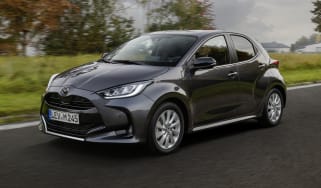
New 2022 Mazda2 Hybrid launched
The Toyota Corolla Cross SUV is coming to the UK
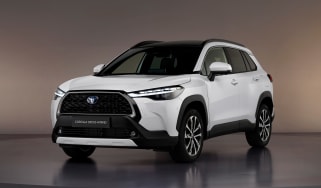
The Toyota Corolla Cross SUV is coming to the UK
BMW Concept XM revealed

BMW Concept XM revealed
All-new Kia Niro set to challenge the Nissan Qashqai
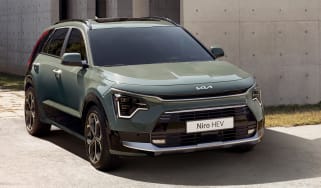
All-new Kia Niro set to challenge the Nissan Qashqai
Most Popular
How much does it cost to charge an electric car?

How much does it cost to charge an electric car?
Hybrid vs plug-in hybrid vs electric cars

Tips and advice
17 Nov 2021
Hybrid vs plug-in hybrid vs electric cars
Best car tyres to buy 2021

Tips and advice
22 Nov 2021
Best car tyres to buy 2021
Tips & advice
Car dashboard warning lights: the complete guide

Tips and advice
10 Aug 2021
Car dashboard warning lights: the complete guide
Electric car charging stations: a complete guide
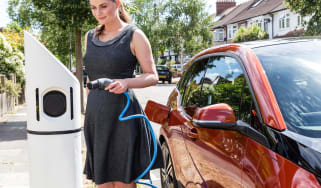
Tips and advice
5 Nov 2021
Electric car charging stations: a complete guide
PCP vs HP – which type of car finance is right for you?

Tips and advice
29 Sep 2021
PCP vs HP – which type of car finance is right for you?
Average speed cameras: how do they work?

Tips and advice
23 Jul 2021
Average speed cameras: how do they work?
Best cars
Top 10 best car interiors 2021

Top 10 best car interiors 2021
Top 10 best electric cars 2021

Top 10 best electric cars 2021
Top 10 best cheap-to-run cars 2021
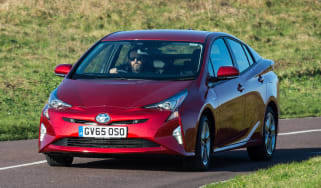
Top 10 best cheap-to-run cars 2021
The UK's top 10 fastest hot hatchbacks

The UK's top 10 fastest hot hatchbacks
Autocar Top-10-best-hybrid-hatchbackstop 10 Best Hybrid Cars 2019 Autocar
Source: https://www.carbuyer.co.uk/reviews/recommended/best-hybrid-cars
0 Response to "Autocar Top-10-best-hybrid-hatchbackstop 10 Best Hybrid Cars 2019 Autocar"
Post a Comment